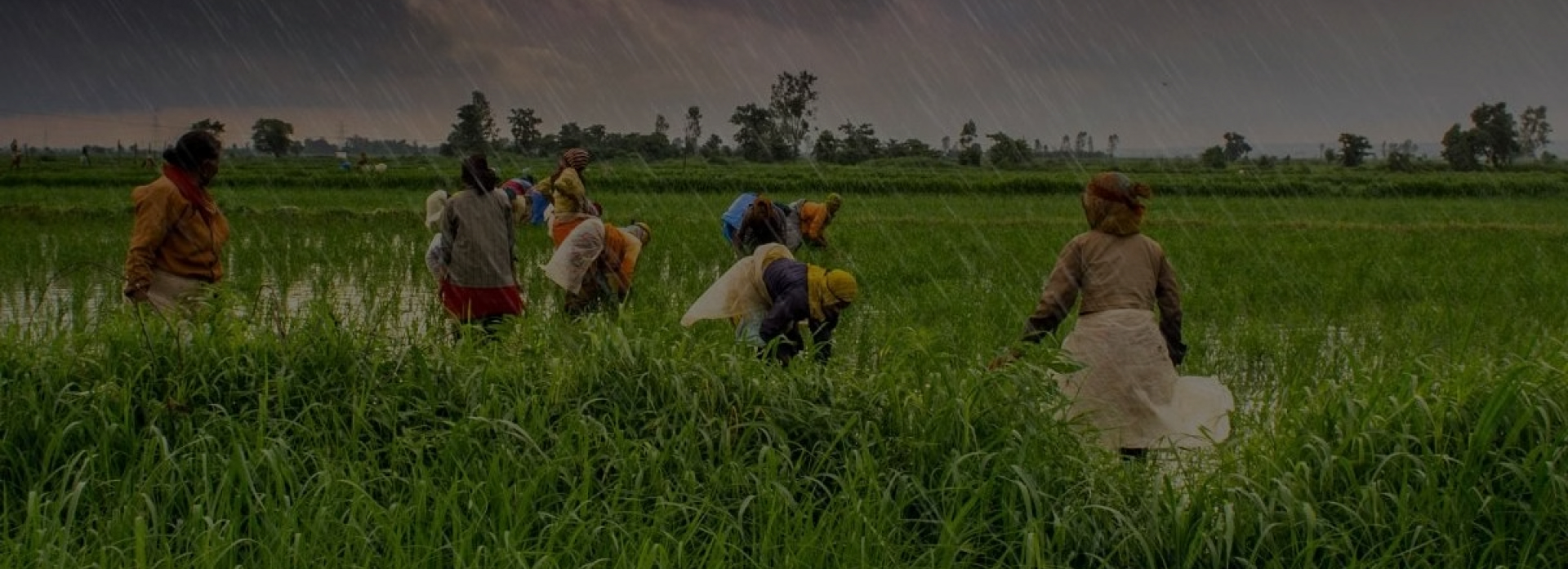Our daily activities are now inseparable from digitalization, automation, AI and other advanced technologies. In India, we're building smart cities and faster transportation facilities at a rapid rate. For instance, the National Infrastructure Pipeline (NIP) is an extensive plan drawn up by the Indian government to develop the country’s infrastructure in the next five years at an expense of 1.4 trillion USD.
Such investments mean more jobs, better opportunities, and access to more facilities to improve our lifestyle. Progress like this also means being included - financially, socially, and digitally. And yet, there's a big missing piece.
Life is unsecured and uninsured
Although there are more doors opening up now, income disparity is a constant shadow. Around 65% of India’s population belongs to the rural sector, with a per capita income of less than USD 1.5 per day .
And for them, having insurance is a far-fetched, complex idea.
According to a report from Swiss Re, the mortality protection gap, both rural and urban combined, in India is USD 17 trillion as of 2019. This translates to 83% of total protection needed, making it one of the largest in the world.
The life insurance penetration in India (as a % of GDP) was 3.2 during the year 2021-22 . While this is better than most emerging markets across the world, it is much lower when compared to some of the advanced insurance markets. However, since insurance penetration is the total industry premium expressed as a percentage of GDP, it may not accurately point out the actual protection gap in the country. No authentic study is available on the protection gap in India. However, some media reports suggests that almost 75% of the Indian population is not covered under any kind of formal insurance. Even among those covered under insurance, the coverage is limited to 8% of what may be actually needed to protect their families in the event of untimely death. By this logic, the protection gap in the country could be as high as 92% .
It is obvious that the life insurance protection gap among the rural and poor households could be much higher.
Their difficulties include
- absence of awareness on the need to address the risks of life, living and livelihood.
- lack of knowledge in choosing reliable insurance companies
- understanding financial jargon
- inability to decide on payment terms
- finding affordable insurance options
- economic instabilities aggravated by the recent pandemic
This is where CreditAccess Life Insurance fits in perfectly.
.png)
.png)
